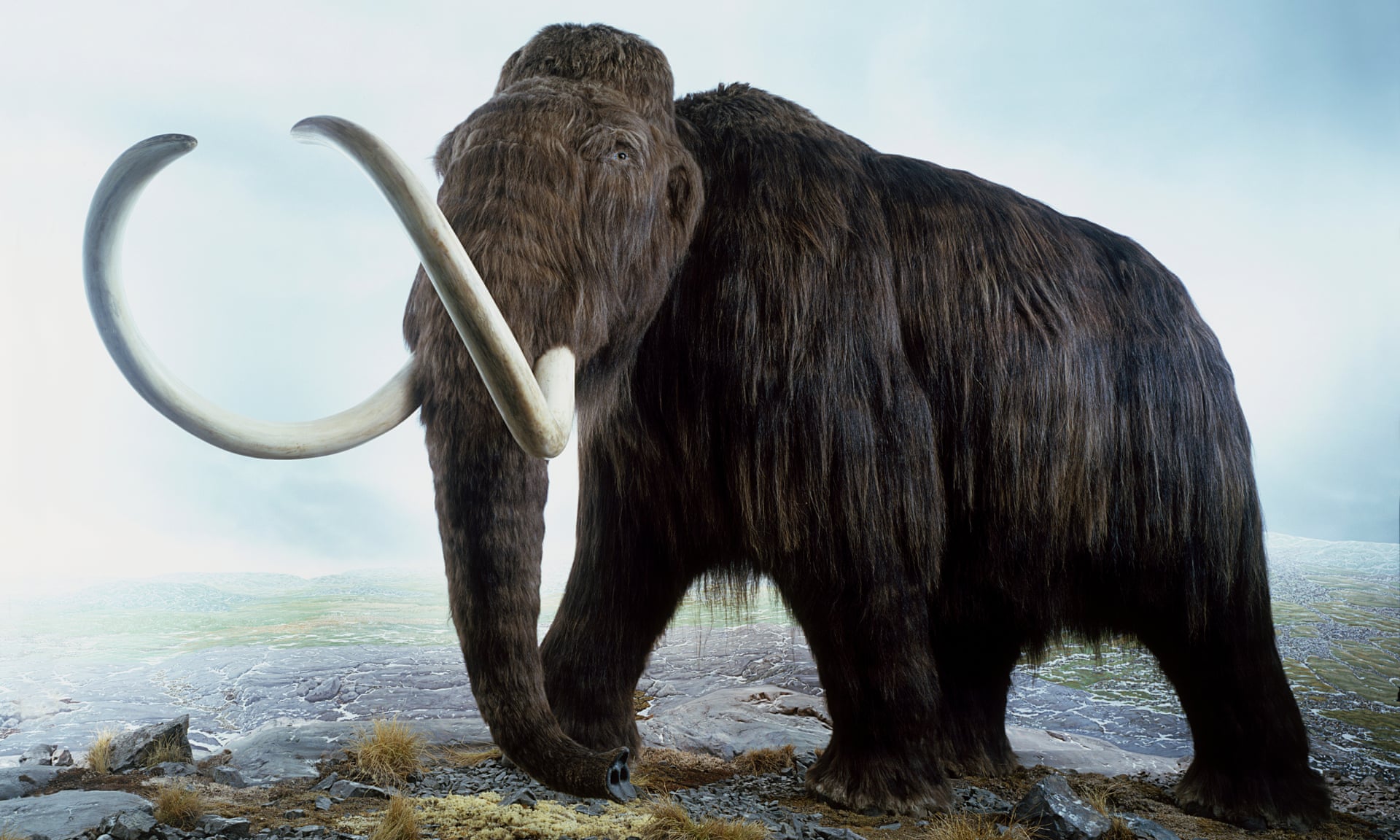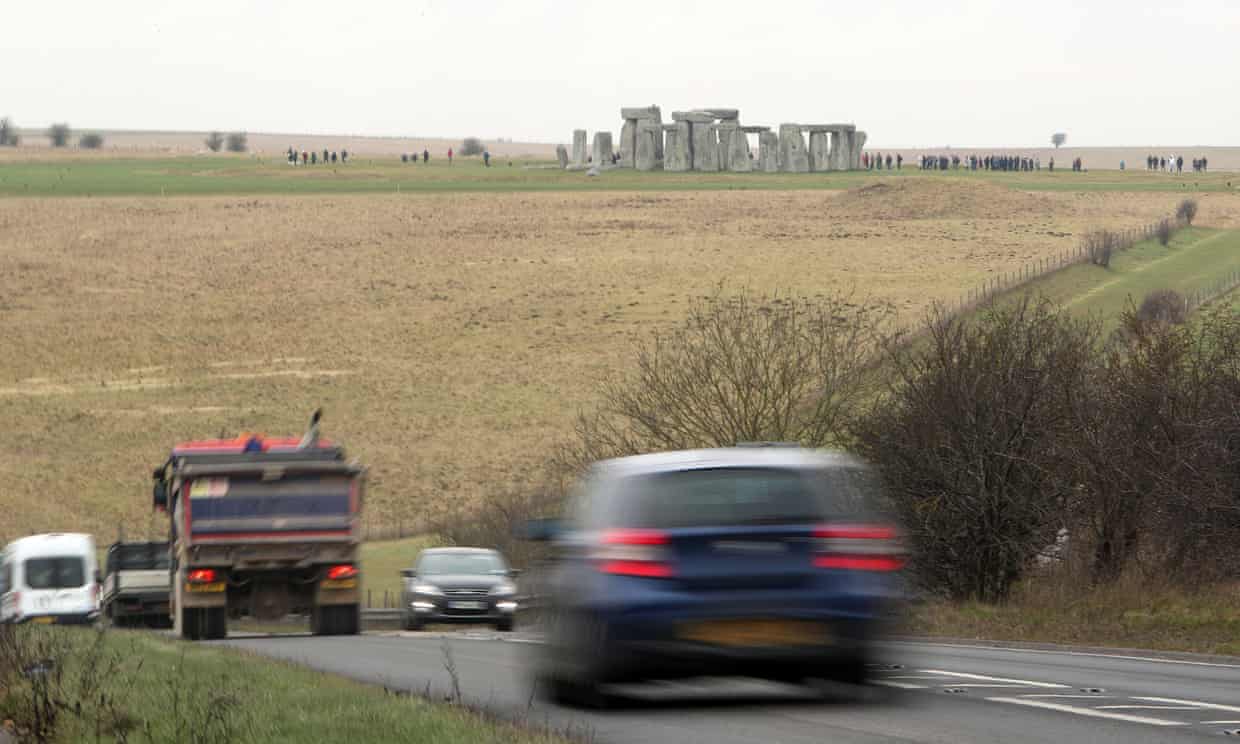The Viking invasion of Britain in the ninth century may have been the result of economic migration, a study has found.
Jane Kershaw, a postdoctoral fellow at University College London, believes that they crossed the seas find a better life, the Local reported.
She told the told the Danish magazine Videnskab that their motivation was little different from migrants arriving in the United Kingdom and Denmark today.
"At that time, there may not have been enough resources in the Vikings' homeland, but in eastern England the Vikings found an agriculturally rich area," she said. "We are currently living in a time of large-scale migration,” she added.
Read the rest of this article...























